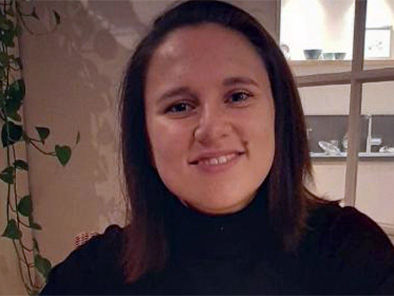

Abstracts Division 3
84. Multidimensional health status of COVID-19 survivors at three and twelve months after hospital discharge

Debbie Gach1,2, Rosanne J.H.C.G. Beijers1, Annemie M.W.J. Schols1, Joop P. van den Bergh1,3, Frits H.M. van Osch1,2
1Maastricht University, NUTRIM School of Nutrition and Translational Research in Metabolism, Maastricht, The Netherlands
2 VieCuri Medical Centre, Department of Clinical Epidemiology, Venlo, The Netherlands
3 VieCuri Medical Centre, Department of Internal Medicine, Venlo, The Netherlands
Introduction
SARS-CoV-2, the pathogen responsible for COVID-19, was first detected in the Netherlands in February 2020. While the vast majority of COVID-19 patients recover from the acute phase within 4 weeks, around 20% of COVID-19 survivors still experience symptoms such as dyspnoea, fatigue and mental problems twelve months after infection. However, the extent to which subjective as well as objective health complaints persist in the long-term and are mutually associated remains largely unknown. Therefore, the aim of this monocentric retrospective cohort study is to describe the multidimensional health status of COVID-19 survivors visiting the outpatient clinic at three and twelve months after hospital discharge.
Methods
COVID-19 patients admitted to the VieCuri Medical Centre between February 2020 and December 2020 were invited to the outpatient clinic at three and twelve months after hospital discharge. At the time of the visit, multiple health variables were assessed, including pulmonary function, electrocardiogram, chest CT-scans, blood markers and general symptoms in accordance with the Dutch Federation of Medical Specialists standards. Descriptive statistics were used to describe the multidimensional health status of COVID-19 survivors at follow-up.
Results
Pulmonary abnormalities on chest CT were present in 226 of the 278 COVID-19 survivors (81%) at three months after hospital discharge, with reticulation being the most dominant pattern (43%). Additionally, 104/270 (39%) and 18/56 (32%) patients had a disturbed cardiac rhythm at three and twelve months follow-up, respectively, with sinus bradycardia being the most common feature (16% and 17%, respectively).
Conclusion
Pulmonary abnormalities on chest CT were observed in COVID-19 survivors at three months follow-up, and cardiac rhythm disturbances were present at three and twelve months after hospital discharge. Further analyses will be performed to describe pulmonary abnormalities on chest CT at twelve months follow-up, and pulmonary function, blood markers, and general symptoms at three and twelve months follow-up.

NUTRIM | School of Nutrition and Translational Research in Metabolism
NUTRIM aims to contribute to health maintenance and personalised medicine by unraveling lifestyle and disease-induced derangements in metabolism and by developing targeted nutritional, exercise and drug interventions. This is facilitated by a state of the art research infrastructure and close interaction between scientists, clinicians, master and PhD students.
www.maastrichtuniversity.nl/nutrim